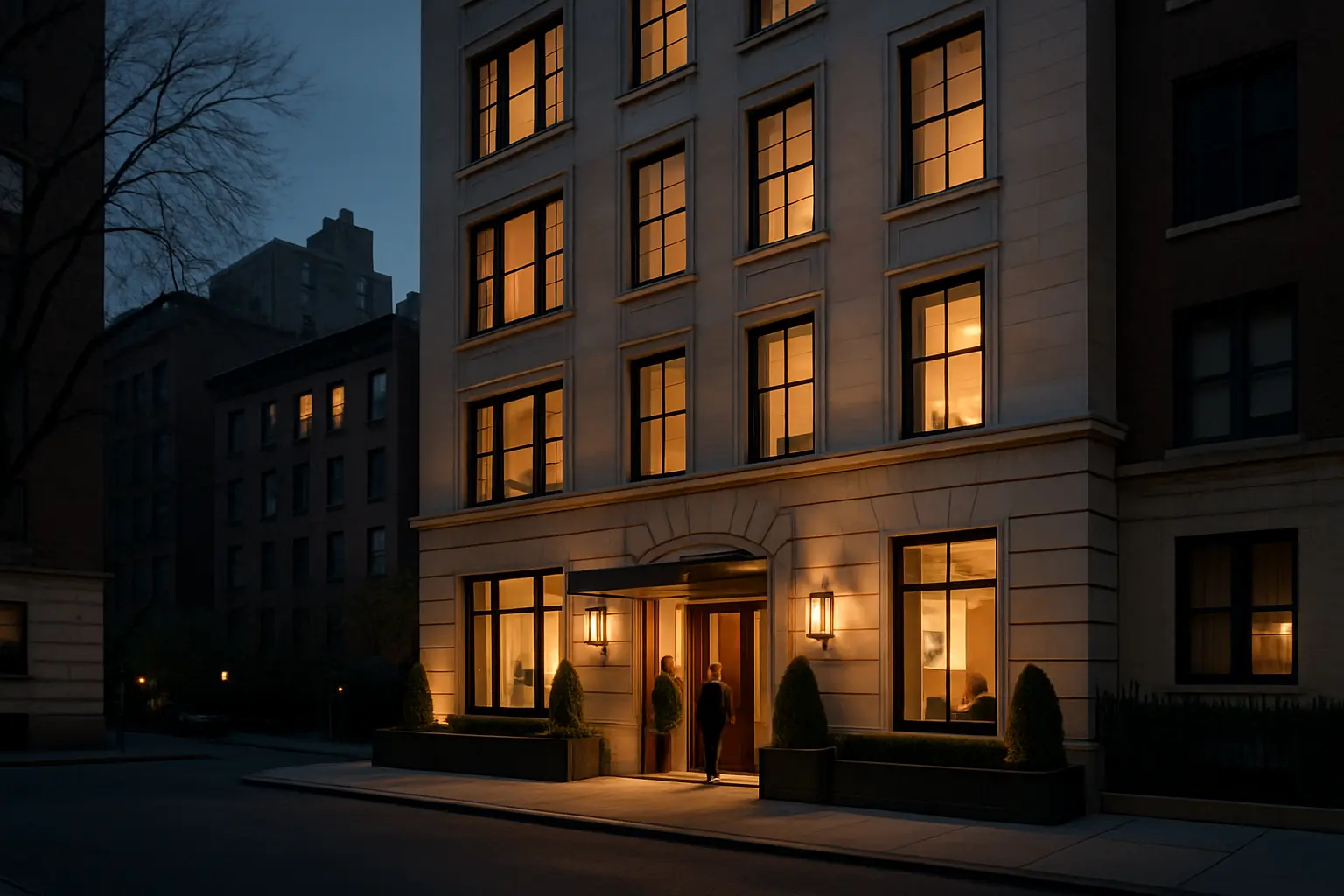Manhattan's Hidden Gems: The Rise of Boutique Residential Buildings
Discover why savvy New Yorkers are choosing intimate luxury developments over traditional high-rises for their next home purchase

The Evolution of New York's Residential Landscape
In the ever-evolving skyline of Manhattan, a new trend is reshaping the concept of luxury living. While towering skyscrapers have long dominated the real estate conversation, boutique residential buildings are emerging as the new standard for sophisticated urban dwelling. These intimate developments, typically housing 5 to 50 units, are carving out their own niche in prestigious neighborhoods from the Upper East Side to Tribeca.
As more discerning buyers seek alternatives to massive residential towers, boutique buildings offer a perfect blend of privacy, luxury, and community. These properties are characterized by their distinctive architecture, often preserving historic facades while incorporating modern amenities and design elements.
Key Features That Set Boutique Buildings Apart
What truly distinguishes boutique residential buildings from their larger counterparts? The answer lies in their unique approach to luxury living:
- Personalized Service: With fewer residents to serve, staff can provide more attentive and customized attention
- Exclusive Amenities: Thoughtfully curated spaces designed for intimate use rather than crowd management
- Privacy and Security: Limited access and fewer shared spaces ensure enhanced privacy
- Architectural Distinction: Unique design elements and premium materials that stand out from cookie-cutter developments
Creating Community in Small Spaces
Perhaps the most compelling aspect of boutique buildings is their ability to foster genuine connections among residents. Unlike large-scale developments where neighbors might never meet, these intimate settings naturally encourage community building while maintaining privacy.
The beauty of boutique living lies in its perfect balance of luxury and intimacy - where every resident feels like a valued member of an exclusive club rather than just another tenant.
Investment Potential
From an investment perspective, boutique residential properties have demonstrated remarkable resilience and growth potential in the Manhattan market. Their limited inventory and unique character often translate to:
- Stronger value appreciation compared to larger developments
- More stable occupancy rates
- Higher per-square-foot resale values
- Enhanced appeal to luxury market buyers
Market Performance Insights
Recent market analyses show that boutique buildings in prime locations have consistently outperformed larger residential developments in terms of value retention and appreciation. This trend is particularly evident in neighborhoods with strong historical preservation requirements and limited new development opportunities.
Making the Right Choice
When considering a boutique residential property, prospective buyers should evaluate several key factors:
- Location and Neighborhood Character: Ensure the area aligns with your lifestyle preferences
- Building Management: Research the property's management team and maintenance history
- Future Development Plans: Understand the neighborhood's zoning and development potential
- Amenity Package: Verify that the offered amenities match your needs and expectations
Expert Recommendations
Real estate professionals emphasize the importance of thoroughly investigating a boutique building's history, financial health, and house rules before making a purchase decision. The intimate nature of these properties means that building policies and community dynamics can significantly impact your living experience.
As Manhattan's residential market continues to evolve, boutique buildings represent a sophisticated alternative to traditional high-rise living. They offer a unique combination of luxury, privacy, and community that increasingly appeals to discerning New Yorkers seeking a more personalized urban living experience.


